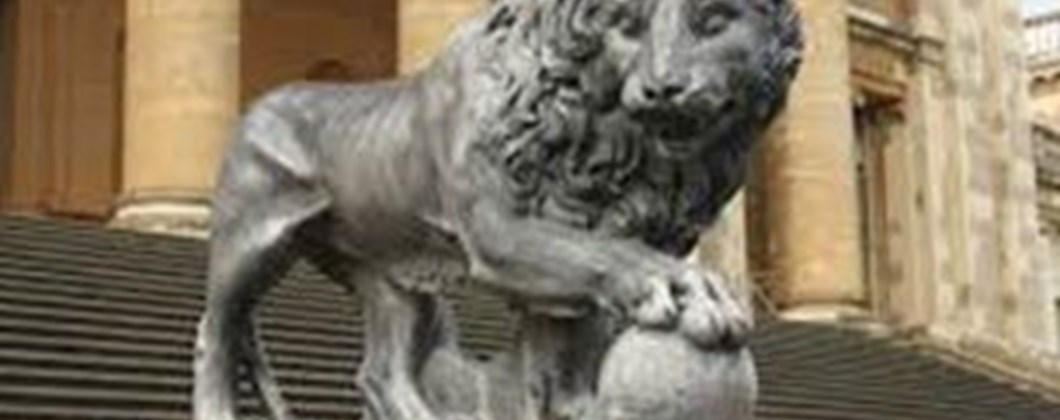Preserving the past to ensure we have a future

From St Pauls Cathedral to Battersea Power Station, how the World Monuments Fund is working hard to protecting our heritage.
From St Paul’s Cathedral and Stowe House to Winchester Cathedral and Wentworth Castle, not-for-profit organisation, the World Monuments Fund Britain (WMFB) works tirelessly to conserve and restore vulnerable and historic buildings both here in the UK and Internationally for future generations to enjoy for years to come.
Who or what is the WMFB?
Founded in 1995, WMF Britain is the leading heritage conservation charity in the UK. WMF partners with historic sites both around the UK and overseas to ensure that our heritage is treated as a priority and is given a new lease of life. WMF focus on conservation management, advocacy, education, fundraising and partnership building to make a difference to the accelerating destruction of the world’s most important artistic treasures around the world.
What kind of buildings do they work with?
The WMF has worked with a diverse variety of buildings including cathedrals, castles, churches and more. Our projects have included St Paul’s Cathedral, Strawberry Hill, Battersea Power Station and Hampton Court Palace. The one comparable characteristic of all our preservation projects is the significant benefit that this provides to the communities who enjoy and make use of these prestigious buildings.
What are the major considerations that WMF Britain takes into consideration when selecting a building to conserve or restore?
Each project is unique and a building might be chosen for its historical significance, its iconic design or if it has an urgent requirement for restoration.
What is one of the stand out projects of WMF Britain?
The conservation of Stowe House in Buckinghamshire is one of the largest projects WMF Britain has undertaken. They have been heavily involved with the restoration of the return of the renowned Cheere lead lions, the conservation of the Music Room and State Library and have also designed and installed ornate, bespoke chandeliers.
What is the biggest challenge facing the WMF?
Identifying and sourcing funding is key as this enables the WMF to restore these major projects. The WMF receives no government funding and relies on the generosity of foundations, corporate support, individual giving, membership and trusts. This support allows WMF to make a difference and ensure that our past is given a future.
How can you become a member of WMF Britain?
Not only do members support the important restoration work that WMF Britain does, but they also enjoy a programme of benefits that includes discounted tickets, private receptions and bespoke access to heritage sites. To become a member, please visit the WMF website.
